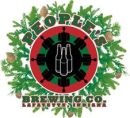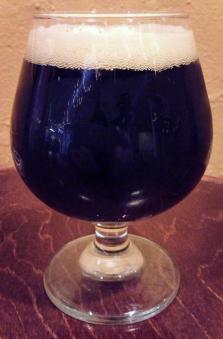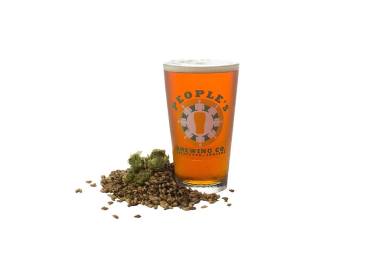My first guest post. By beer connoisseur James McMaster. Thank you James!
 That’s right, I said it. For a guy who has been drinking beers since the early part of 1990’s. I had my years of beer snobbery. Shoot, I grew up in conservative Orange County (So I was used to snobbery.) I went to college in Humboldt. The home of Lost Coast (Eureka), Humboldt Brewery (Arcata), Six Rivers (McKinleyville), Mad River Brewing (Blue Lake) and Eel River (Fortuna). I only drink micros, nothing macro…everyone knows what I am talking about. If I went to a party and they said there would be kegs, my first question would be what type?
That’s right, I said it. For a guy who has been drinking beers since the early part of 1990’s. I had my years of beer snobbery. Shoot, I grew up in conservative Orange County (So I was used to snobbery.) I went to college in Humboldt. The home of Lost Coast (Eureka), Humboldt Brewery (Arcata), Six Rivers (McKinleyville), Mad River Brewing (Blue Lake) and Eel River (Fortuna). I only drink micros, nothing macro…everyone knows what I am talking about. If I went to a party and they said there would be kegs, my first question would be what type?
Yet, the macro beers had the outdoor market cornered. Maybe you know what I’m talking about… those times when you are out on the lake with friends hanging out on a boat. A boat that has a no bottle rule. Or down on the beach, at a concert, fishing, hanging out on a tail gate where there was nothing like an ice cold beer straight out of the cooler. the best beer to come out of the coolers was a canned beer. The feeling of that cold aluminum on my hands and the way it flowed down my throat; there was nothing better. So, what was a beer snob to do?
Then came Oskar Blues Brewery out of Colorado. Now, I’m not sure if they were the first micro brewery to can their beers. But, it was the first one that I was aware of. It’s as if someone who enjoyed the same experiences with canned beer had the same feeling as I did. There’s got to be something better. And then it came. You don’t need to drink that watery schwag to have those experiences.
Did I have a resistance to the can like wine drinkers have with screw tops and boxes? Maybe, initially. But I soon wised up and realized these beers from this lightweight aluminum was just as good as anything that came out of the bottle. In fact, it’s a lot better. It’s colder, lightweight, better for the environment, and I can drop it and now worry if I’m barefoot or not. Plus, the CRV redemption is so much better than those heavy ass bottles. And I never have to worry about whether or not I have a bottle opener or not.
Now when I got to the store, I don’ have to go to the specialty liquor store to purchase these micros. The canned movement has it. So thank you 21st Century (San Francisco), Anderson Valley, Mammoth, Sierra Nevada, and some others. If left you out, you can always send me a sixer for tasting. Hell, it’s a lot cheaper for shipping.
But thank you craft beer industry. You are moving in the right direction.









